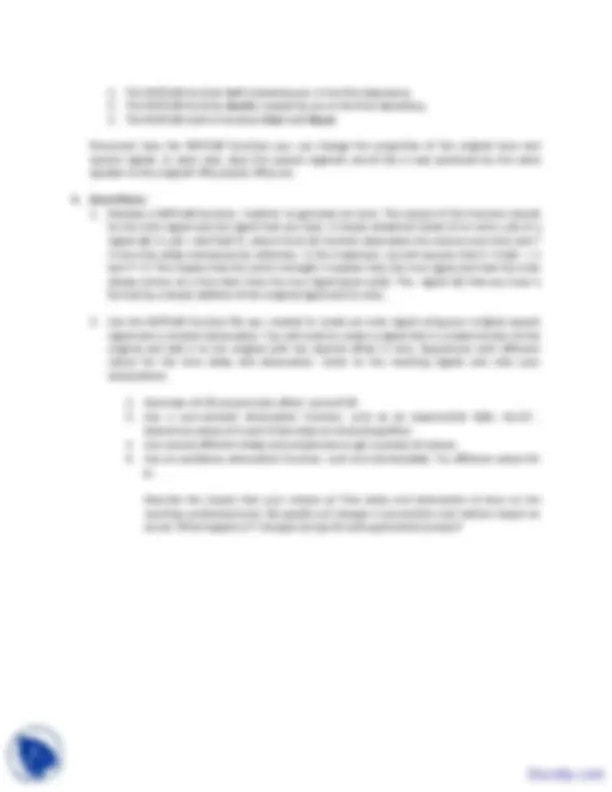



Study with the several resources on Docsity

Earn points by helping other students or get them with a premium plan


Prepare for your exams
Study with the several resources on Docsity

Earn points to download
Earn points by helping other students or get them with a premium plan
Community
Ask the community for help and clear up your study doubts
Discover the best universities in your country according to Docsity users
Free resources
Download our free guides on studying techniques, anxiety management strategies, and thesis advice from Docsity tutors
The Elements of Discrete Signal Analysis and the interactive internet programming with java, is very helpful series of lecture slides, which made programming an easy task. The major points in these laboratory assignment are:Signal Sampling, Manipulation and Playback, Audio Properties, Matlab Built-In Functions, Constant Attenuation, Matlab Function File, Echo-Generation Process, Variety of Echoes, Plot Waveform, Audio Effects
Typology: Exercises
1 / 2

This page cannot be seen from the preview
Don't miss anything!


Laboratory Assignment 2: Signal Sampling, Manipulation and Playback
Purpose In this Lab, you will learn how to record sounds and save them in MATLAB. You will learn how to perform mathematical modifications to digital audio signals in order to produce some interesting audio effects.
Objectives By the end of this laboratory assignment, you should be able to:
Reference Review Topics:
Document how the MATLAB functions you use change the properties of the original tone and speech signals. In each case, does the speech segment sound like it was produced by the same speaker as the original? Why and/or Why not.
5. Echo Effects 1. Develop a MATLAB function, ‘myEcho’ to generate an echo. The output of this function should be the echo signal and the signal that you hear. A simple analytical model of an echo se(t) of a signal s(t) is se(t) = α(t-T)s(t-T), where the α (t) function attenuates the volume over time and T is the time delay introduced by reflection. In this treatment, we will assume that 0 ≤ α(t) < 1 and T> 0. This implies that the echo's strength is weaker than the true signal and that the echo always arrives at a time later than the true signal (post-echo). The signal r(t) that you hear is formed by a simple addition of the original signal and its echo. 2. Use the MATLAB function file you created to create an echo signal using your original speech signal and a constant attenuation. You will need to create a signal that is a scaled version of the original and add it to the original with the desired offset in time. Experiment with different values for the time delay and attenuation. Listen to the resulting signals and note your observations. 1. Generate a 0.25-second echo effect. Let α=0.65. 2. Use a non-constant attenuation function, such as an exponential: α(t)= Ae-t/τ. Determine values of A and τ that make an interesting effect. 3. Use several different delays and amplitudes to get a variety of echoes. 4. Use an oscillatory attenuation function, such as α (t)=Acos(ωt). Try different values for ω.
resulting synthesized echo. Be specific out changes in parameters and relative impact on sound. What happens if T changes during the echo-generation process?